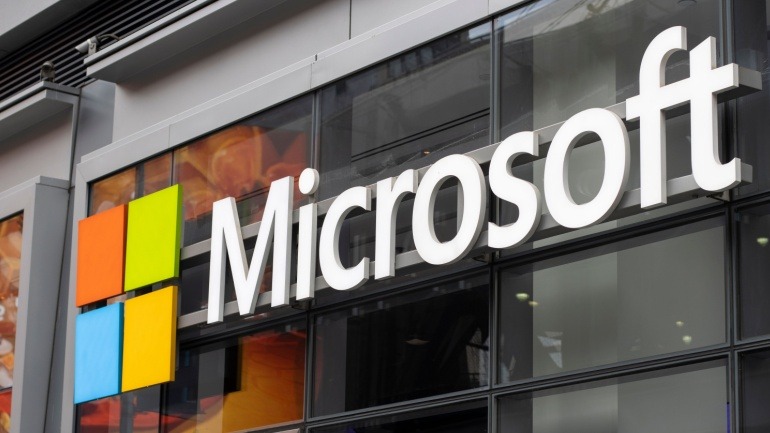Every operations chief can relate to the dread of a sudden equipment breakdown that halts progress. In industries where downtime results in staggering losses, predictively maintaining machinery becomes crucial. With manufacturers recording losses of approximately $50 billion annually due to unplanned downtimes, the advent of AI-driven predictive maintenance offers a lifeline. This approach can cut unexpected outages nearly by half and extend equipment life, but it necessitates effective coordination.
The growing flood of Internet of Things (IoT) data offers vast potential. However, the speed and manner of response determine success. Enter Microsoft Teams, which is revolutionizing predictive maintenance by creating a digital control room that unifies engineers, operators, and analysts. This platform supports real-time decision-making, transforming data into actionable insights.
During Hannover Messe 2025, Microsoft showcased their approach, emphasizing their partnership with data-driven solutions like Microsoft Fabric. This program connects fragmented data, linking sensors with Teams and Power BI, effectively empowering people to proactively prevent failures.
Previously, maintenance revolved around static schedules and assumptions. Today, production lines are too intricate and interdependent for such traditional methods. With companies losing significant hours due to unforeseen issues, the reliance on manual monitoring is proving ineffective. Organizations in energy and manufacturing sectors are adopting AI predictive maintenance coupled with collaborative tools such as Microsoft Teams to facilitate quicker responses and informed decisions.
European energy giant E.ON, for instance, highlights the critical role of digital management and intelligent collaboration in transitioning energy supply models. Their use of Power BI dashboards within Teams allows technicians to monitor infrastructure efficiently, preempting potential failures. Similarly, in Japan, JERA harnesses Azure OpenAI Services for remote plant monitoring to flag issues swiftly.
But it’s not solely about data analytics. The key lies in the integration of data, facilitating its use at the right moment. Microsoft Teams provides a space where all relevant information comes together, from voltage dips to sensor alerts. This synergy reduces intervention rates, as evidenced by organizations like Fincantieri and Rolls-Royce, who have moved towards predictive maintenance with impressive outcomes.
The transformation from data collection to action is where AI predictive maintenance shines within the Microsoft ecosystem. With Teams as the command hub, timely alerts and data provide a comprehensive overview, aiding engineers’ decision-making processes. This clarity allows for swift issue resolution, minimizing downtime and increasing operational efficacy.
Moving forward, predictive maintenance aspires to transcend preemptive measures and evolve toward seamless automation. With innovations from Microsoft, such as the Maintenance Prediction Agent, the trend is heading toward more integrated workflows. Insights from major tech assemblies like Hannover Messe demonstrate the potential applications of industrial AI in large-scale operations.
Ultimately, successful predictive maintenance hinges on the effective confluence of people, processes, and technology. Teams must prioritize data integrity, unify IT and operations departments, and leverage automation wisely. As industries progress, ensuring sustainability through reduced waste and enhanced reliability becomes paramount. In doing so, predictive maintenance achieves more than operational efficiency; it contributes to broader sustainability objectives.







